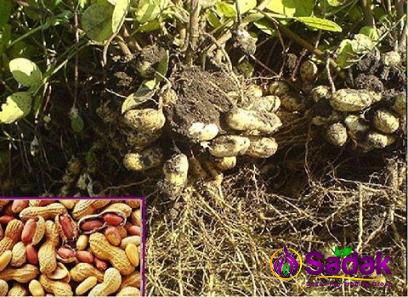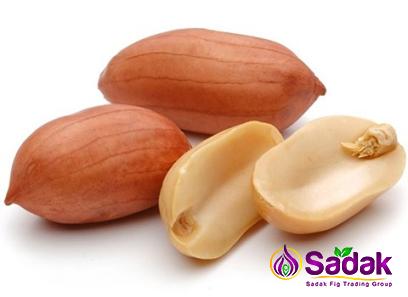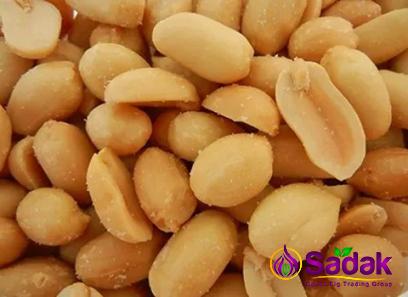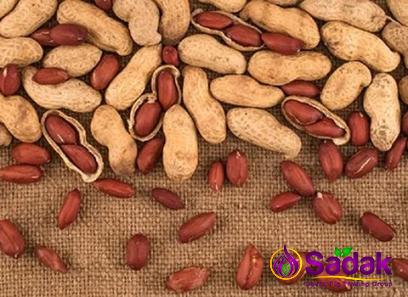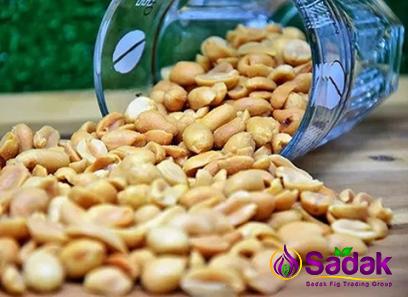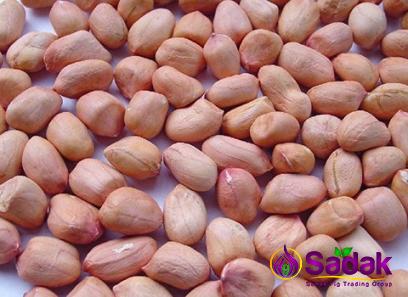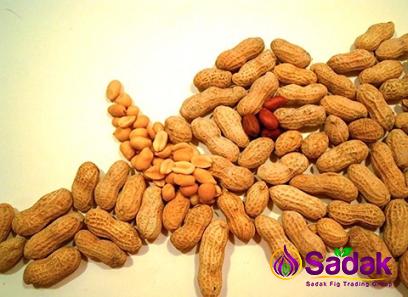Whole almonds in shell are a popular and nutritious snack enjoyed by people all over the world. Almonds are the edible seeds of the Prunus dulcis tree, and the shells serve as a protective covering for these seeds. This article provides a comprehensive summary of whole almonds in shell, including their nutritional profile, health benefits, uses, production process, and market demand.
Almonds are highly nutritious and packed with essential vitamins, minerals, and healthy fats. They are a rich source of protein, dietary fiber, vitamin E, magnesium, and healthy monounsaturated fats. These nutrients provide various health benefits, such as improving heart health, enhancing brain function, aiding in weight management, and promoting healthy skin and hair.
The demand for whole almonds in shell has been steadily increasing due to their versatility and health benefits. They can be consumed as a healthy snack on their own or used in a wide range of culinary preparations such as baking, cooking, and garnishing. Almonds are often used in both sweet and savory dishes, adding a unique and nutty flavor.
Almond production starts with the cultivation of almond trees. These trees require specific climatic conditions, including moderate winters and mild springs, making regions like California, Spain, and Australia ideal for almond cultivation. The harvesting process involves shaking the almond trees, which causes the nuts to fall to the ground. The nuts are collected and then processed to remove the shells.
In terms of market demand, the consumption of whole almonds in shell has been steadily increasing. This is attributed to the growing awareness about the health benefits of almonds and the shift towards healthier snacking options. The global market for almonds is dominated by the United States, which is the largest producer and exporter of almonds in the world. California alone produces approximately 80% of the world’s almonds.
The versatility and health benefits of whole almonds in shell make them an attractive ingredient for the food and beverage industry. They can be found in a wide range of products such as nut butters, almond milk, almond flour, and almond oil. Almonds are also used in the cosmetic industry for their skin-nourishing properties.
In addition to their nutritional value, whole almonds in shell have a longer shelf life compared to shelled almonds. The protective shell helps to preserve the freshness and flavor of the almonds, making them an ideal choice for long-term storage. However, the shells do add an extra step to the consumption process, as they need to be cracked open to access the edible almond inside.
Despite the growing demand for shelled almonds, there is still a market for whole almonds in shell. Many consumers prefer the experience of cracking open the shell to access the nut, as it provides a sense of satisfaction and engagement. Additionally, the shells can be repurposed for various uses, such as gardening, crafting, and even as a natural abrasive for cleaning.

In conclusion, whole almonds in shell are a popular and nutritious snack that offers numerous health benefits. From their nutritional value to their versatility in culinary preparations, almonds are a sought-after ingredient in the food and beverage industry. Their production process, market demand, and unique characteristics make them a valuable commodity. Whether enjoyed as a snack or used in various applications, whole almonds in shell are a wholesome and delicious choice.Whole Almonds in Shell: A Lucrative Business Opportunity
I. Introduction
Whole almonds in shell are not only a nutritious snack but also a lucrative business opportunity. With the increasing demand for healthy and natural food products, almonds have gained popularity as a versatile ingredient in the food and beverage industry. In this section, we will explore the business potential of whole almonds in shell, including market trends, consumer preferences, and competitive advantages.
II. Market Trends and Demand
The market for whole almonds in shell has experienced significant growth in recent years. As people become more health-conscious and seek nutritious snacking options, almonds have emerged as a preferred choice. The global almond market is expected to reach a value of $17.7 billion by 2025, with an annual growth rate of 6.1%. This highlights the immense potential for businesses to tap into this growing market.
III. Consumer Preferences and Benefits
Almonds are known for their numerous health benefits, and consumers are becoming increasingly aware of their nutritional value. Whole almonds in shell offer several advantages over shelled almonds. The shells act as a natural protective covering, preserving the freshness and flavor of the nuts. Furthermore, the process of cracking open the shell provides a unique sensory experience for consumers, enhancing their enjoyment and engagement with the product.
IV. Production Process and Supply Chain

The production process of whole almonds in shell starts with the cultivation of almond trees. These trees require specific climatic conditions, making regions like California, Spain, and Australia ideal for cultivation. Once the almonds are harvested, they are processed to remove the shells and separate the edible nuts. The almonds are then sorted, packaged, and distributed to various markets.
V. Competitive Advantage and Differentiation
While shelled almonds dominate the market, there are several advantages to offering whole almonds in shell. Firstly, the shelf life of almonds in shell is longer compared to shelled almonds, ensuring product freshness over an extended period. Secondly, the inclusion of shells adds value to the product, as consumers appreciate the interactive experience of cracking open the nuts. This unique selling point sets whole almonds in shell apart from their shelled counterparts.
VI. Product Diversification and Value-Added Offerings
To cater to different consumer preferences and expand their product range, businesses can consider diversifying their offerings. Apart from selling whole almonds in shell as a standalone product, they can develop value-added offerings such as flavored almonds, almond gift sets, and almond-based snacks. These value-added products create additional revenue streams and appeal to a wider consumer base.
VII. Distribution Channels and Marketing Strategies
To successfully penetrate the market, businesses need to identify appropriate distribution channels and develop effective marketing strategies. Whole almonds in shell can be sold through retail outlets, online platforms, and even directly to consumers at farmers’ markets and specialty stores. Internet marketing, social media promotions, and collaborations with influencers can help create brand awareness and attract potential customers.
VIII. Export Opportunities and International Markets

With almonds being a globally recognized commodity, there are export opportunities for businesses in this sector. The United States, as the largest producer and exporter of almonds, holds a significant market share. However, there is also a growing demand for almonds in European and Asian markets. Expanding into international markets requires understanding import regulations, establishing strong distribution networks, and adapting to local consumer preferences.
IX. Sustainability and Ethical Practices
In today’s business landscape, sustainability and ethical practices play a crucial role. Almond businesses should consider adopting environmentally friendly cultivation methods, promoting water conservation, and implementing fair labor practices. These initiatives not only contribute to the preservation of natural resources but also help build a positive brand image and attract conscious consumers.
X. Challenges and Potential Risks
While the business potential for whole almonds in shell is promising, there are challenges and potential risks that need to be considered. Fluctuations in almond prices, market saturation, and competition from alternative products are some of the challenges businesses may face. Additionally, ensuring consistent quality, maintaining supply chain efficiency, and addressing regulatory compliance are essential for long-term success.
XI. Conclusion
Whole almonds in shell present an attractive business opportunity with a growing market demand and numerous advantages. Businesses can tap into this market by offering unique products, diversifying their offerings, and implementing effective marketing strategies. With the right approach, businesses can capitalize on the increasing consumer interest in healthy and natural food products, positioning themselves for long-term success in the almond industry.


